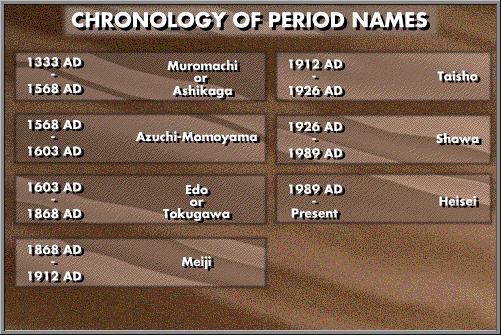Ashita post-town was described in the 1880s as a ‘shabby looking village’, and little seems to have altered since then to change that impression. The exception, however, is the fine honjin which claims to be the oldest on the Nakasendo and which has been preserved in excellent condition. This is somewhat surprising since Ashita was only a small post-town, with a population of 326 in 1843 and just six inns to serve the needs of ordinary travelers who cared to stay there.
Beyond Ashita the route passes along quiet country roads over the gently undulating foothills of Mount Tateshina, which rises to the south. After two miles a former tateba, or half-way stop, is reached. This village, called Motai, seems hardly to have changed in appearance since the Edo period, although it makes no claims on the attentions of the many tourists to this region. In the center of the village, which lies only one mile from the next post-town of Mochizuki, is a traditional sake brewing establishment still in operation. For centuries operated by the Ozawa family, the small factory welcomes visitors to its sampling room and private museum. Such a visit demands the attention of passers-by.


